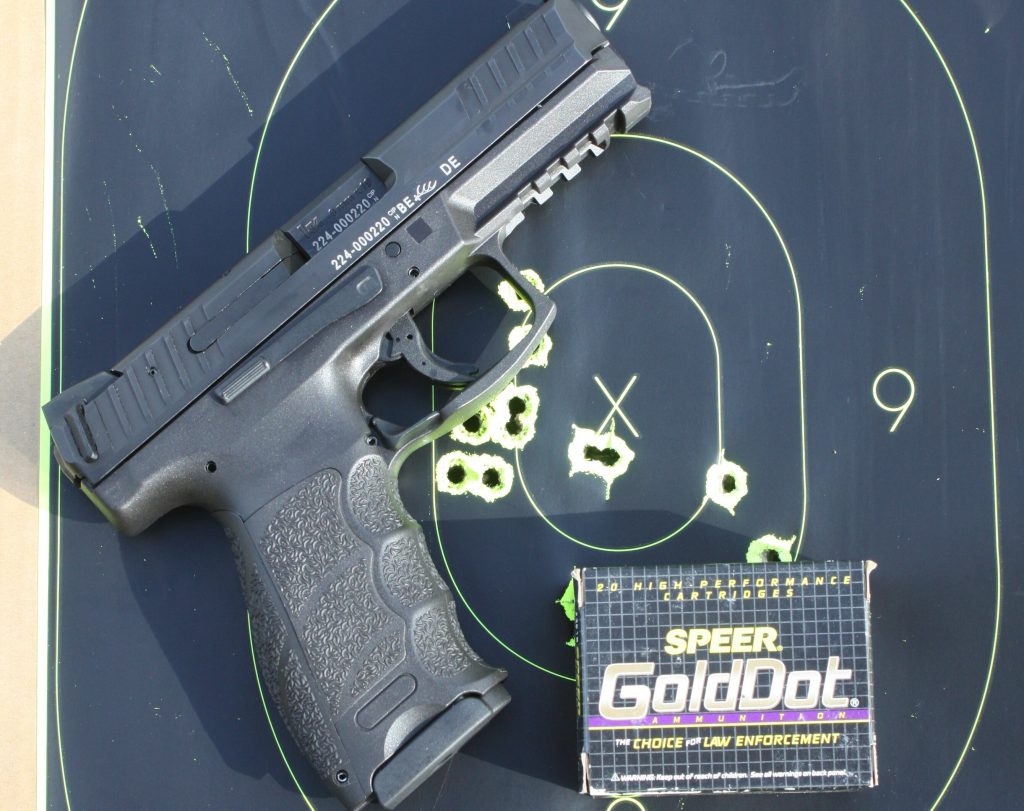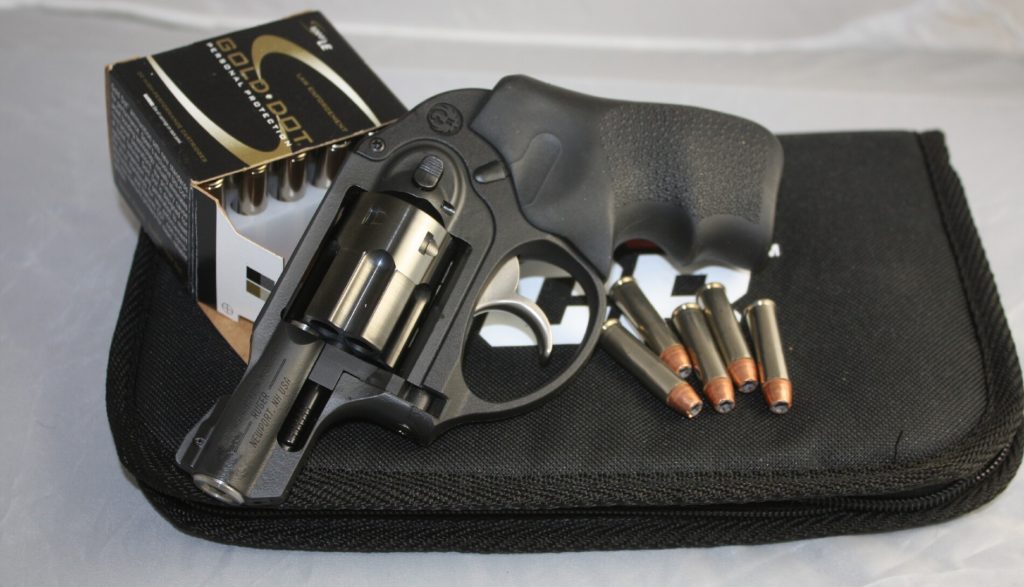
Special to TGM
Chris Laios | Safeguard Armory
A bullet proof vest works by ‘trapping’ the round within the protective fibers of the vest, dispersing its energy and slowing it down to a complete halt, flattening it in the process.
Body armor is graded according to the protection it offers, which is largely dependent on the number of layers of protective material. However, vests can only protect up to and including the ammunition outlined at its level, and it is important to be aware of the level of vest needed to protect against common types of ammunition.
Below is a list of some of the most common calibers, the weapons they may be used in, and what level of bullet resistant vest is designed to protect against them.
9mm Parabellum
The 9mm is known as the most widely used round for handguns the world over. The 9mm is a German made round used by the majority of U.S. Police Officers and commonly used in semi-automatic pistols. A Level IIa vest will protect against a 9mm fired at lower velocities, but at higher velocities a Level II vest is required.
.357 Magnum
The .357 Magnum has enjoyed widespread use since its introduction in 1934. This round is often credited with starting the ‘Magnum era’ of handgun ammo, and is known for its excellent stopping power. The Desert Eagle is one of the only semi-automatics that can fire the .357 Magnum, which is usually found in revolvers. To stop this bullet, you will need a bullet proof vest at Level II.
.357 SIG
The .357 SIG, named for the Swiss Manufacturer Sig Sauer that designed it, is almost identical to the .357 Magnum. It does however have the advantage of far less recoil than its counterpart, increased reliability and compatibility with autoloader platforms. Against a .357 SIG you will need a Level IIa bullet proof vest.
.40 S&W
The .40 S&W is named for its manufacturer Smith & Wesson. It was designed to be used by Law Enforcement and has been popular among Officers since its introduction in 1990. The .40 S&W was envisioned as a shorter version of the 10mm Auto, and boasts increased power and decreased recoil compared to other common bullets. Level IIa bullet resistant armor is needed to stop the .40 S&W.
10mm Auto
The 10mm Auto is a semi-automatic pistol cartridge that, despite its promise of extra stopping power, never managed to gain the popularity that the .40 S&W did. This may be partly attributed to its high recoil, though the 10mm Auto does continue to be used in certain branches of Law Enforcement. A Level IIa vest is necessary to stop the 10mm Auto.
.38 Special Cartridge
The .38 Special Cartridge enjoys a long history since its inception in 1898. It is most commonly used in revolvers, also it was a common sidearm cartridge used by soldiers in WW2. Nowadays it is used for formal target competition, target shooting, personal defence and hunting small game. To stop this bullet a Level II vest is required.
.44 Magnum
The .44 Magnum is one of the most famous rounds available thanks to its use in films like Dirty Harry. However, this round was relatively unknown for the first 20 years of its life despite its exceptional velocity and stopping power. The .44 Magnum was first produced in 1955, and its power comes with high recoil and muzzle flash when fired in handguns. Protecting against this round will require a Level IIIa bullet proof vest.
.45 ACP
The .45 ACP was created in 1904 to be used in John Browning’s prototype Colt semi-automatic .45 pistol. The .45 ACP is sometimes known as the .45 Auto, and is famous for its use in the US Army’s M1911 pistol. It gained popularity because of its moderate recoil despite its high velocity, as well as its low muzzle flash. However, the .45 ACP is a heavy and costly round to produce. A bullet proof vest at Level IIa is needed to defend against this round.

Levels I-IIIa are capable of protecting against the vast majority of rounds used in handguns, which are the most common weapons used in crimes in the USA. However, higher-caliber rounds and even armor-piercing bullets may be a threat, for which a vest at Level III or IV is needed.
Below are some examples of common rifle rounds and the armor needed to protect against each.
5.56x45mm NATO
The 5.56x45mm NATO is a very common rifle round that is often chambered in the M16 rifle. Despite its ubiquity, the 5.56x45mm NATO is affected by the weapon it is used in more than most ammunition, and it has been criticized for its performance issues in regards to this. To protect against this round armor needs to be at Level III.
.30-06 Springfield
The .30-06 was the U.S. Army’s primary cartridge for 50 years after its adoption in 1906, and was famed for its relatively low recoil. This made it simple and easy to use. The .30-06 requires a Level III vest.
.308 Winchester
The .308 Winchester is used primarily by militaries and big game hunters, and is one of the most successful cartridges in the world. The .308 Winchester duplicates the ballistic performance of the .30-06, and requires a Level III vest.
7.62mmx51mm NATO
The 7.62mmx51mm NATO is another popular rifle cartridge that is versatile and available for a number of weapons. The 7.62mmx51mm NATO is similar to the .308 Winchester, and was released only 2 years later in 1954. A Level III vest will protect against this round, though a Level IV vest is needed to protect against the armor-piercing variant.
Level III armor protects against most rifle rounds, as well as the ammunition outline for lower levels. However, a Level IV vest is needed for armor-piercing rounds. It is important to make sure that your armor meets the appropriate standards set down by the US National Institute of Justice (NIJ) depending on the threats you are likely to face.
7.62mmx39mm (aka 7.62 Soviet)
The 7.62mmx39mm is one of the most common rifle cartridge in the world as it is used for the Ak 47, which is the world’s most widespread military-pattern rifle. Is its noted for its low production cost and high availability due the large amounts of surplus military ammo. A level IV hard armor plate is needed to stop this bullet.



